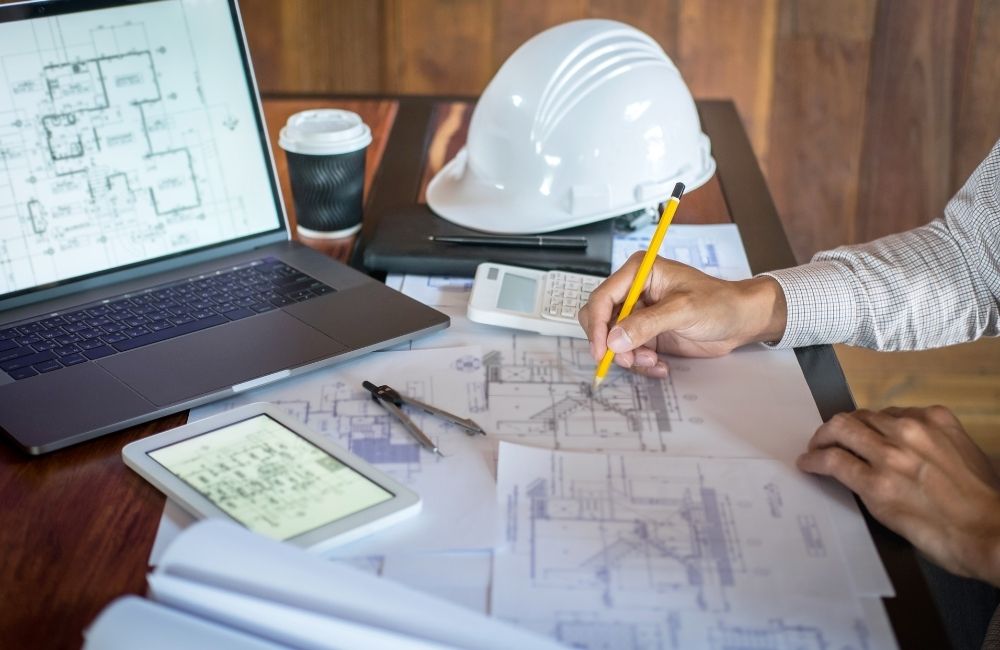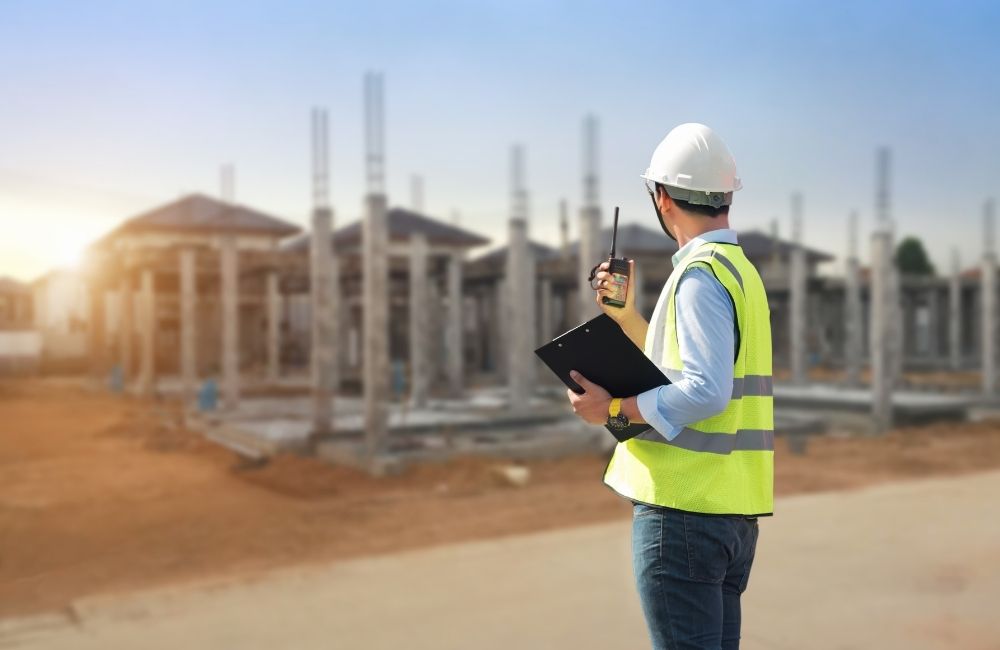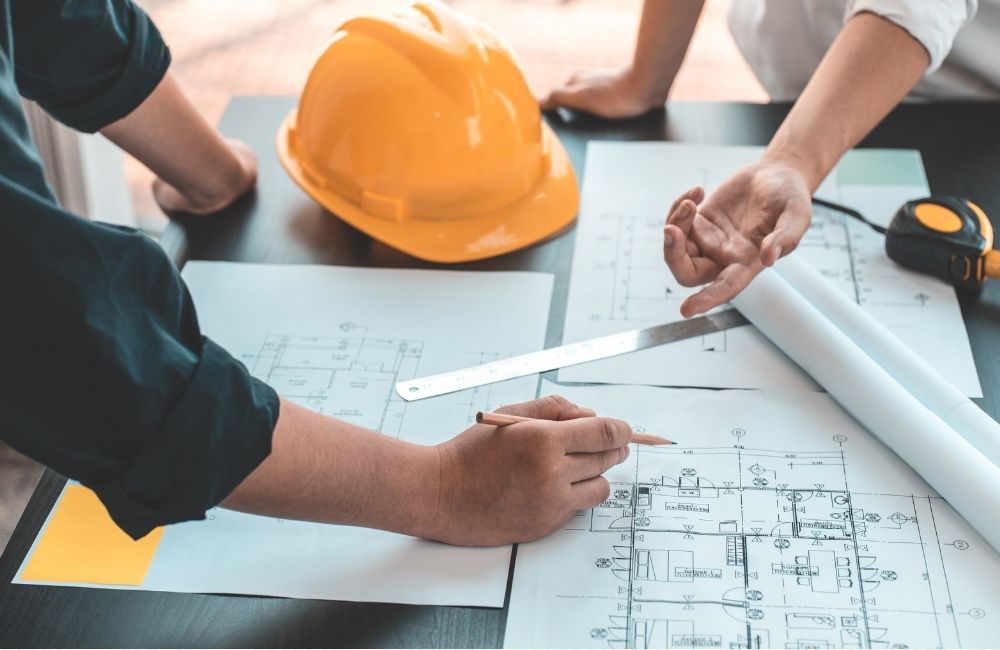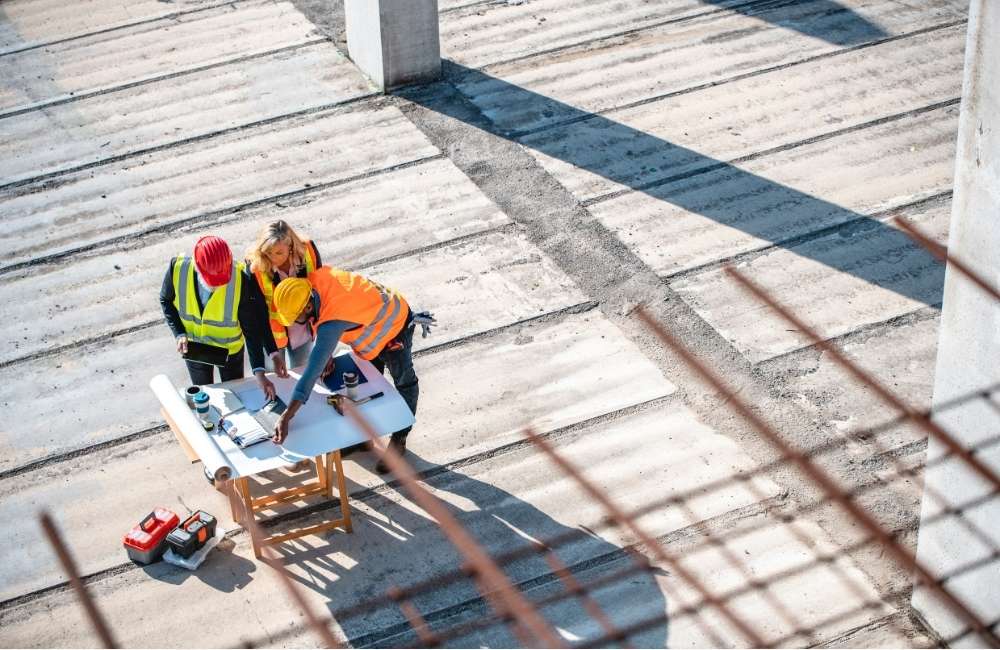Choosing the right project delivery method is essential for a successful construction project. Among the popular methods, design-build vs. design-bid-build represents two distinct approaches that significantly impact timelines, costs, and collaboration. For project owners, understanding the nuances between these two methods is key to making a decision that best aligns with their goals and expectations.
Here are five major differences in design-build vs. design-bid-build that every project owner should know.
Table of Contents
5 Key Differences in Design-Build vs. Design-Bid-Build
Which Method Suits Your Project Needs?
Frequently Asked Questions (FAQs)
Streamline Your Project with Claris Design•Build!
Key Takeaways
✔ Design-build streamlines project structures by consolidating design and construction under one contract, while design-bid-build involves separate contracts for each stage.
✔ Design-build fosters collaboration with an integrated team from the outset, whereas design-bid-build separates design and construction teams.
✔ Design-build accelerates timelines by overlapping design and construction phases, but design-bid-build follows a sequential process, which can extend project duration.
✔ Design-build offers more predictable budgets with fewer change orders, while design-bid-build allows for flexibility but risks higher costs from late-stage adjustments.
✔ Design-build reduces risk with unified accountability for both phases, whereas design-bid-build divides responsibility.
What is Design-Build?
Design-build is a project delivery method that consolidates design and construction into a single contract, typically handled by one team or firm. In this approach, a project owner hires one entity that takes responsibility for both designing the project and bringing it to life. This model emphasizes early collaboration, where the design and construction teams work in tandem, which allows for a streamlined flow of communication and decisions.
What is Design-Bid-Build?
Design-bid-build, on the other hand, is a traditional project delivery method characterized by distinct phases: design, bidding, and construction. In this process, a project owner first hires a designer to develop the project plans. Once the design is fully completed, it is then sent out for bidding among contractors, and a separate contract is awarded to the selected construction firm. This model maintains a clear, step-by-step structure where each phase is completed independently before the next begins.
5 Key Differences in Design-Build vs. Design-Bid-Build
1. Project Structure
Project structure defines the flow of responsibility and accountability throughout a project. In construction, this structure directly impacts how decisions are made, who is responsible for specific outcomes, and how conflicts are resolved.
| Project Structure | Design-Build | Design-Bid-Build |
| Contract Type | Single contract encompassing both design and construction phases. | Separate contracts for design and construction phases. |
| Responsibility | A unified team handles both design and construction, streamlining accountability. | Design and construction are managed by different entities, which divides the accountability between parties. |
| Communication | One point of contact for the project owner, facilitating faster communication. | The project owner manages multiple contacts, which may complicate oversight and slow communication. |
Design-build simplifies project management by offering a single point of accountability, making it ideal for those seeking an efficient, unified approach. On the other hand, design-bid-build may suit owners who prefer distinct design and construction phases with separate oversight.
2. Collaboration
Collaboration between teams can make or break a project’s success. With design-build vs. design-bid-build, the differences in team integration affect every phase of the project.
| Collaboration | Design-Build | Design-Bid-Build |
| Team Integration | The integrated design and construction team collaborates from project start to completion. | Design and construction teams work sequentially, often without interaction until the construction phase. |
| Conflict Resolution | A unified team resolves issues early, which minimizes the risk of miscommunication. | Communication may be delayed, with potential for misunderstandings between the designer and builder. |
| Adaptability | Changes are easier to implement due to collaborative planning. | Design changes are harder to address, often leading to additional costs or delays during construction. |
Design-build supports smoother communication and faster problem-solving through integrated team collaboration, which can reduce delays and improve flexibility. Design-bid-build may suit projects with rigid design specifications that do not require collaboration between the designer and builder.
3. Project Timeline
Project timelines vary depending on the delivery method, which influences how soon a project can be completed. In design-build vs. design-bid-build, understanding the differences in scheduling can help project owners choose the approach that best aligns with their timeline.
| Project Timeline | Design-Build | Design-Bid-Build |
| Scheduling Approach | Overlapping phases allow construction to begin before finalizing all design aspects. | Linear scheduling requires design completion before construction bidding begins. |
| Project Duration | Faster overall project delivery due to simultaneous design and construction phases. | Potentially longer timeline, as each phase is dependent on the completion of the previous phase. |
| Timeline Flexibility | Adjustments can be made during construction, reducing downtime. | Requires adherence to strict schedules, with fewer opportunities for mid-phase adjustments. |
Design-build’s overlapping phases make it ideal for projects with tight deadlines, as construction can start sooner. Design-bid-build is preferable for projects with flexible timelines that benefit from a fully complete design before construction.
4. Budget Control
For project owners weighing design-build vs. design-bid-build, budget control is a critical consideration. Each method offers distinct approaches to managing project costs and budget predictability.
| Budget Control | Design-Build | Design-Bid-Build |
| Budget Establishment | Budget is set early with input from both design and construction teams. | Budget may vary as the project progresses, with potential for adjustments during design. |
| Cost Predictability | Predictable costs due to collaboration on value engineering and efficient design solutions. | Budget flexibility allows for adjustments but may lead to higher costs due to design modifications. |
| Change Order Impact | Fewer change orders due to early design alignment with construction realities. | More change orders as construction begins, often increasing final costs and affecting the budget. |
Design-build is beneficial for project owners prioritizing budget certainty and minimizing unexpected expenses. Design-bid-build may appeal to owners who prefer flexibility in design, even if it means potential cost increases.
5. Risk Allocation
Risk management is fundamental in construction, and each method of design-build vs. design-bid-build approaches risk allocation differently, which impacts how responsibilities are distributed.
| Risk Allocation | Design-Build | Design-Bid-Build |
| Responsibility | Unified team shares responsibility for design and construction, which reduces blame-shifting. | Separate contracts allow each party to handle specific risks within their phase, but conflicts may arise. |
| Cost Predictability | Proactive risk management, as designers and builders work together to identify potential issues early. | Issues may go unaddressed until construction begins, which may increase risks of delays or cost overruns. |
| Change Order Impact | Easier dispute resolution, with a single entity accountable for both design and construction. | Potential for disputes between designer and builder, with the project owner possibly needing to mediate. |
Design-build’s shared accountability minimizes risk by aligning responsibilities, making it a strong choice for owners wanting streamlined risk management. Design-bid-build allows the owner to distribute risks across separate contracts, which may appeal to those preferring more direct control over risk allocation.
Which Method Suits Your Project Needs?
Choosing between design-build and design-bid-build depends on the unique requirements of each project. While design-build is often favored for its balance of cost, quality, and efficiency, the design-bid-build approach remains valuable for specific project types and preferences.
Design-Bid-Build May Be the Right Choice If…
✔ The project is straightforward, with minimal design changes expected and intensive collaboration is not essential.
✔ The primary goal is to control costs through competitive bidding, especially if the scope and specifications are clear from the start.
✔ The project owner prefers to work with separate design and construction entities, to maintain clear boundaries between phases.
✔ Extended timelines are manageable, and there is no rush to complete the project quickly.
✔ Regulatory requirements, such as those for public sector projects, mandate a fair and open bidding process.
Design-Build May Be the Better Option If…
✔ The project is complex, with anticipated design changes that would benefit from collaborative problem-solving between designers and builders.
✔ Meeting a specific timeline is crucial, and the project owner values the efficiency of overlapping design and construction phases
✔ Quality and budget are equally important, with a desire to optimize costs without sacrificing the standard of deliverables.
✔ Reducing the project owner’s risk and involvement is a priority, allowing the design-build team to manage responsibilities more directly.
Frequently Asked Questions (FAQs)
Can design-build be used for both large and small projects?
Yes, design-build is suitable for a wide range of project sizes, from residential renovations to large commercial developments. Its flexibility and single-point accountability make it an efficient choice for complex projects, but it also benefits smaller projects by streamlining processes and reducing management time.
Does design-bid-build require more involvement from the project owner?
Typically, yes. In the design-bid-build method, the project owner must manage separate contracts with the designer and builder, which requires more oversight and coordination. This approach can demand more involvement to ensure each phase meets expectations and transitions smoothly from design to construction.
Is one method more expensive than the other?
Costs vary depending on the project's complexity, but design-build often provides more predictable pricing due to its integrated approach. Design-bid-build, on the other hand, may result in lower initial bids, though additional costs can arise if design changes are required during construction. Ultimately, project owners should consider both short-term and long-term costs when choosing between design-build vs. design-bid-build.
Streamline Your Project with Claris Design•Build!
If you're looking to simplify project management, reduce timelines, and ensure top-quality results, Claris Design•Build is here to help. With expertise in the design-build approach, we bring together design and construction under one roof, providing you with a seamless experience from start to finish.
Contact us today to learn how our integrated project delivery can transform your vision into reality efficiently and effectively!




![[2025 UPDATE] Commercial Construction Cost per Square Foot in the US](https://www.clarisdesignbuild.com/wp-content/uploads/2025/04/2025-UPDATE-Commercial-Construction-Cost-per-Square-Foot-in-the-US-3.jpg)




